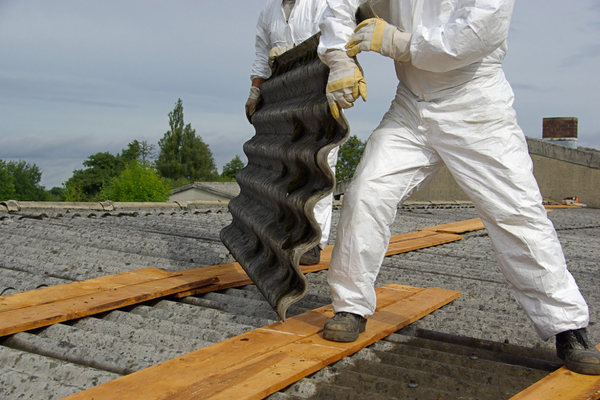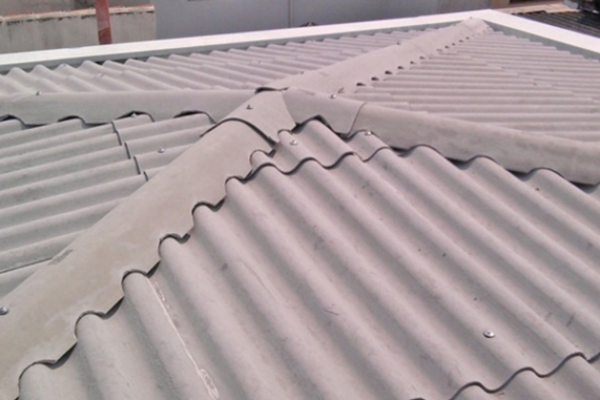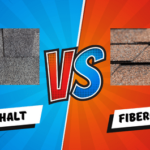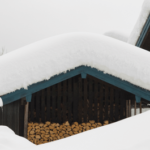Procurando o melhor tipo de telhado para sua casa? Você...
Read MoreUnderstanding Fiber Cement Siding: Benefits, Types and Installation
Fiber cement siding is a popular choice for many homeowners because of its durability, versatility, and aesthetic appeal. Made from a blend of cellulose fibers, cement and sand, fiber cement siding is designed to mimic the appearance of natural wood while providing superior resistance to rot, fire and pests.

In this article, we’ll explore the benefits of fiber cement siding, the different types available, and the steps involved in installing it in your home.
What is fiber cement board cladding?
Fiber cement board siding, also known as fiber cement siding or simply cement board siding, is a type of siding made from a mixture of cellulose fibers, cement, and sand. The fibers, typically made from wood pulp, are mixed with cement and sand to create a material that is strong, durable and resistant to rot, fire and pests.
The resulting material is then formed into siding panels designed to mimic the look of natural wood siding.
Benefits of fiber cement siding
Fiber cement siding is a popular choice for homeowners because it is relatively low-maintenance, durable, and weather-resistant. Plus, it can be painted or stained to match a variety of colors and textures, giving you plenty of aesthetic options. Fiber cement siding comes in a variety of forms, including clapboards, shingles, planks, and more, and is also available in different thicknesses and sizes, depending on the manufacturer.
- Durability: Fiber cement siding is extremely durable and can last up to 50 years or more with proper maintenance.
- Fire Resistance: Unlike wood siding, fiber cement siding does not burn easily and has a class A fire rating.
- Pest Resistance: Termites and other pests cannot damage fiber cement siding, making it a popular choice in areas where these pests are prevalent.
- Low maintenance: Unlike wood siding, fiber cement siding does not require frequent painting or staining.
- Aesthetic appeal: Fiber cement siding is available in a variety of textures and colors, making it easy to find a style that complements your home’s aesthetic.
What are the disadvantages of fiber cement siding?
Additionally, it can withstand harsh weather conditions, making it a suitable option in areas with harsh climates. It’s important to weigh the pros and cons before deciding whether it’s the right option for your home.
Types of fiber cement cladding
- Horizontal: Most commonly used, this is a plank or overlapping siding and mimics the look of traditional wood siding.
- Vertical: This type of siding is used less frequently than horizontal siding, but it can be an effective way to add visual interest to your home.
- Shake and shingle: This type of siding mimics the look of natural wood shakes and shingles and is available in a variety of colors and textures.
- Board and batten: This type of siding is popular for its traditional, rustic look. It was common in rural homes and cottages. It is often used in renovations of historic homes or new homes where a historic look is desired.

Installation of fiber cement cladding
- Prepare the surface: The surface must be clean and level before installing the coating.
- Measure and Cut: Measure and cut the siding panels to fit the dimensions of your home.
- Install a moisture barrier: A moisture barrier, such as construction paper or wrapping paper, should be installed to protect against moisture infiltration.
- Install the siding: Secure the siding to the surface using nails or screws, making sure to leave a small gap between panels to allow for expansion and contraction.
- Seal the edges: Use caulk or sealant to seal the edges of the side panels to prevent moisture infiltration and ensure a tight fit.
Remember that proper installation is important to ensure the longevity and durability of the siding, hiring a professional contractor is highly recommended.
How long does fiber cement siding last?

Conclusion
Fiber cement siding is a durable, versatile and attractive option for homeowners looking to update their home’s exterior. With its fire and pest resistance, low maintenance, and variety of styles available, it’s easy to see why fiber cement siding has become a popular choice among homeowners. With a proper understanding of the benefits, types, and installation process, you can be sure you are making an informed decision about choosing siding for your home.
Winter Home Maintenance Checklist | Keeping Your Family Safe
Lista de verificação de manutenção doméstica de inverno | Mantendo...
Read MoreUnderstanding Fiber Cement Siding: Benefits, Types, and Installation
Understanding Fiber Cement Siding: Benefits, Types and Installation Fiber...
Read More

